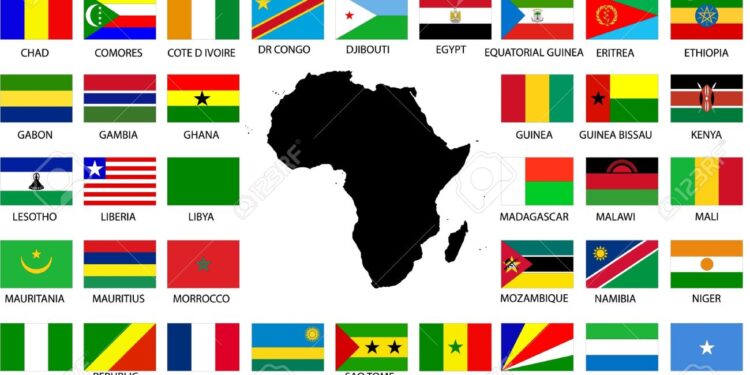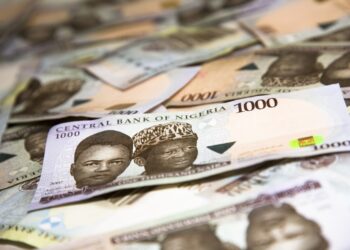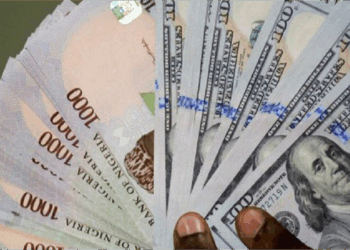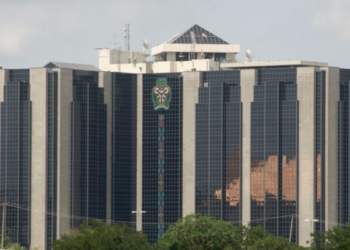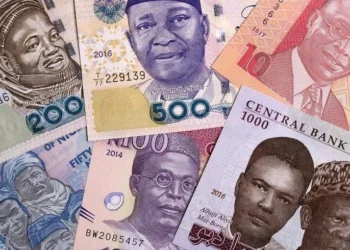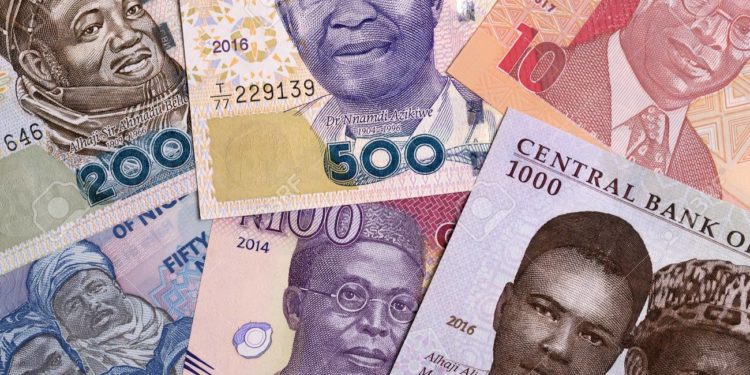With inflation remaining a major challenge across African economies, central banks have adopted aggressive monetary tightening measures to stabilize currencies and contain rising prices.
According to data compiled by Nairametrics, Nigeria, Zimbabwe, and Ghana are among the countries with the highest Monetary Policy Rates (MPR) on the continent.
The MPR, a benchmark interest rate for lending and borrowing, remains at elevated levels across Africa, reflecting the difficult trade-off between stabilizing prices and promoting growth.
As of September 2025, Zimbabwe leads with a staggering 35% rate, while Nigeria ranks second at 27%. Ghana, Angola, and others also feature prominently. These high rates make borrowing costly for businesses and households, further slowing investment and consumption.
Below is a country-by-country snapshot of the Top 10 African countries with the most expensive borrowing rates, alongside recent inflationary trends and policy decisions.
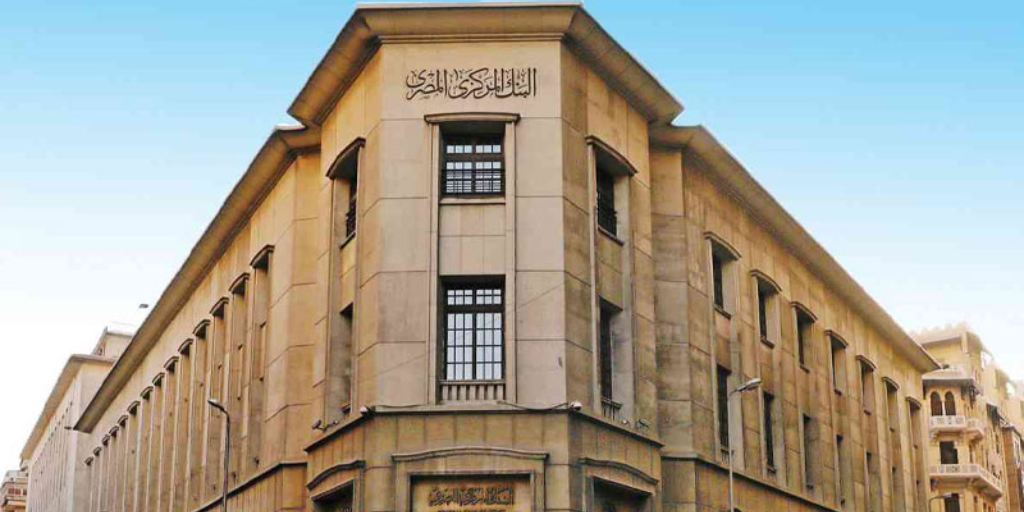
Egypt’s Central Bank, at its MPC meeting in August 2025, decided to cut the interest rate to 22.5%, from 24.5%.
Despite multiple IMF-supported adjustments, inflation remains elevated due to imported food and energy costs.
The tight monetary stance is necessary to stabilize the Egyptian pound and signal discipline to investors. However, it has slowed down domestic investment and pushed more borrowers toward the informal financial market.

